What is the Moravian Church?
The Moravian Church traces its origins back to the followers of Jan Hus (1369-1415), a Czech priest and reformer who was executed as a heretic in 1415 (Pope John Paul II officially made public apology for the execution of Jan Hus in 1415 (Dec 18 1999 in Prague)). One of Hus’s contentions, that worship should be in the language of the people, has remained a hallmark of the Moravian Church.
Hus’s followers organized a society called the “Unity of the Brethren” (Unitas Fratrum) in 1457, devoted to piety and congregational participation in worship. For about 200 years this group led a precarious life, mainly in Bohemia, Moravia, and Poland. They made significant contributions in hymnody, theology, and education, but the Counter-Reformation and the Thirty Years’ War nearly destroyed the small church, forcing its remnants underground.
In 1722 some of the descendants of these “Bohemian Brethren” settled on the estate of Count Nicholas von Zinzendorf in Saxony, and under his protection they re-established their church. Almost from that day the Moravian Church, as it came to be known, was highly evangelical, sending out missionaries to places such as Greenland; the West Indies (in 1732, to minister to the slaves); Africa; and the British colonies, coming first to Georgia in 1735. The first permanent Moravian settlement in North America was established in Pennsylvania in 1741 and named Bethlehem. Other settlements were founded soon after, in Nazareth and Lititz, PA; and Bethabara, Bethania, and Salem in North Carolina.
Always essential to the Moravians has been the emphasis on a “heart religion” of piety and joy; on the role of music in worship and in life; and on education for all. For some fifty to seventy years the American Moravian settlements were primarily closed communities, serving both as places where the Moravians could live the life they chose, and places from which many missionaries were sent out — to the Native Americans, whose languages the Moravians learned, in order to preach in the language of the people.
>”>Wikipedia = Moravian Church>>
The Moravian Church has continued to spread, albeit slowly in comparison to other denominations. A reason for its relatively small size is that in evangelizing, the Moravians were not focusing on making more Moravians, but rather simply of winning people to Jesus Christ — who were then encouraged to become a member of whatever denomination they wished! Today, there are some 34,500 Moravians in North America, more than 150,000 in Central and South America, over 650,000 on the continent of Africa, and 15,700 in Europe.
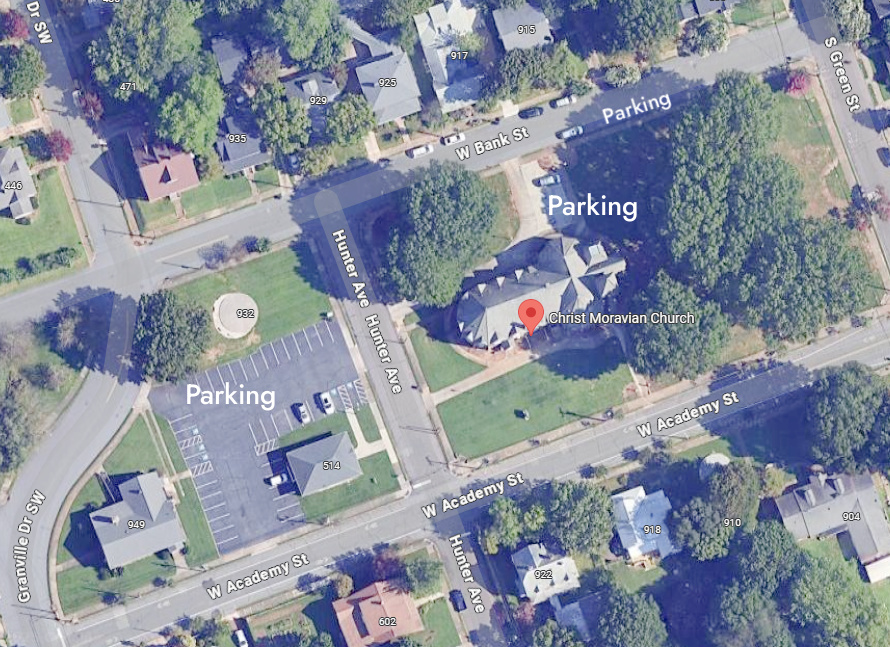
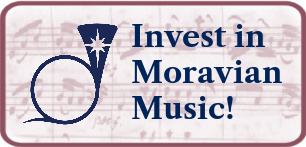

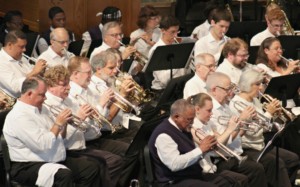
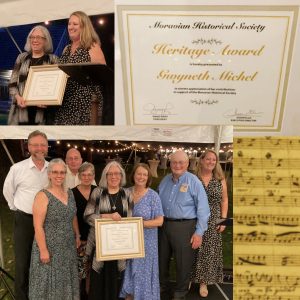
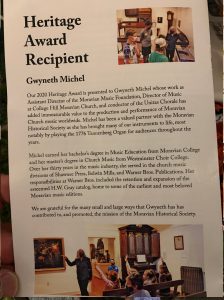
The Moravian Church has been a great blessing to Winston-Salem, NC.